

Hotline:0755-22277778
Tel:0755-22277778
Mobile:13826586185(Mr.Duan)
Fax:0755-22277776
E-mail:duanlian@xianjinyuan.cn
The long-term plan to reduce carbon emissions and increase the proportion of renewable energy has become a global consensus. Each country has its own development plan, and China has actively responded by setting goals of peaking carbon emissions by 2030 and achieving carbon neutrality by 2060. At the same time, in order to implement it at the designated time, China has also introduced a series of favorable policies for new energy since the beginning of this year, even setting targets for the proportion of non fossil energy at 20% and 25% by 2025 and 2030, respectively.
As a very important component of new energy generation, photovoltaics play a significant role that cannot be ignored. However, after experiencing a peak in installed capacity in the fourth quarter of last year, the photovoltaic industry added 24.306 million kilowatts of new installed capacity in the first half of this year, which is basically the same as the same period last year. In the third quarter, the monthly installed capacity gradually decreased, and one of the reasons behind this is the shortage of important raw material silicon.
In recent years, the growth rate of global photovoltaic installed capacity has continued to increase, which has led to the expansion of the entire industry chain. However, compared to silicon wafers, solar cells, and other links, the overall expansion scale of silicon materials is relatively small, and the expansion cycle is also longer, resulting in downstream expansion growth rate higher than that of silicon materials, leading to a situation of supply shortage and high price of silicon materials. Since the beginning of this year, the domestic price of silicon materials has continued to rise, from 90 yuan/kg at the beginning of the year to 265 yuan/kg now, with a staggering increase of 194%. Compared with the same period last year, there has also been a 179% increase. The high price of silicon materials has even triggered a game between upstream and downstream.
Here are two technological routes for silicon materials - the improved Siemens method and the silane fluidized bed method for granular silicon. These two dual technologies, which have received significant attention from the market and investors this year, will be discussed.

The Dual Technology Debate of Silicon Materials
Just like power batteries are divided into two types: lithium iron phosphate batteries and ternary lithium batteries, the production technology of silicon materials is mainly divided into two types, neither of which is a new technology. They are the improved Siemens method and the silane fluidized bed method. The two products are in the form of rod-shaped silicon and granular silicon, respectively.
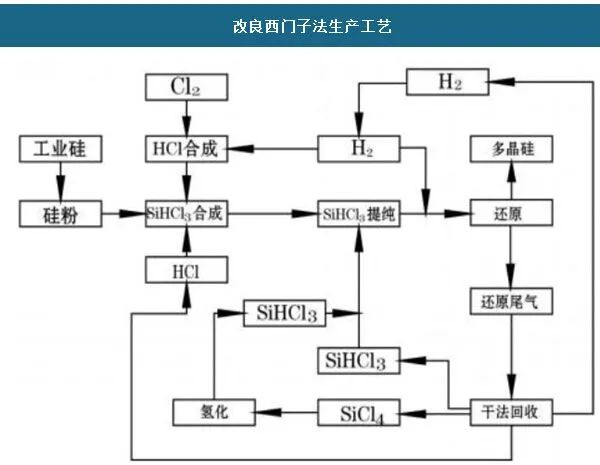
The picture shows the improved Siemens method
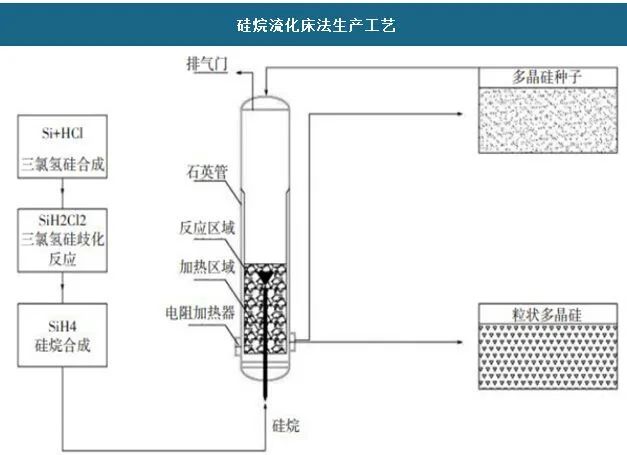
The picture shows the silane fluidized bed method
But unlike lithium iron phosphate batteries and ternary lithium batteries, which are in a continuous "chase and battle" situation, for a long time in the past, the improved Siemens method has been the mainstream process for preparing polycrystalline silicon in the market due to its fast cost reduction speed and relatively mature production technology. It can be said that in the past decade, a large number of projects at home and abroad have used the improved Siemens method. According to data from 2020, the rod-shaped silicon produced by the improved Siemens method accounts for about 97.2% of the total national output.
Previously, both domestic and foreign companies were producing granular silicon, but it was not satisfactory. It was not until recent years, especially this year, that the silane fluidized bed method for granular silicon began to receive market attention. The main reason is that domestic photovoltaic company Poly GCL claimed that the cost of producing granular silicon has begun to decrease, and key equipment has been localized and key materials have been replaced, ultimately making the granular silicon project have the technical conditions for a certain scale of production. Recently, Poly Xiexin announced that the construction of an additional 20000 tons of granular silicon production capacity was completed by the end of October 2021 and officially put into operation on November 10th.
Comprehensive comparison of two technologies
The two methods of producing silicon materials are the Siemens method and the silane fluidized bed method. From the past history, there is no doubt that the Siemens method is superior. This time, granular silicon has made a comeback with the high demand for silicon materials this year. What advantages and confidence do they have can be compared from three aspects: cost, energy consumption, and quality.
(1) Quality
Due to the absolute dominance of the improved Siemens method in the past, the quality will be evaluated based on the improved Siemens method. The Siemens method is divided into two standards, the first being solar grade standards and the second being electronic grade standards. The standard for solar energy is divided into four levels, namely special grade, first grade, second grade, and third grade, as well as substandard products. Compared to the solar grade polycrystalline silicon used in the photovoltaic industry with a purity of 99.9999%, the purity requirements for electronic grade polycrystalline silicon are higher, reaching up to 99.99999999%.
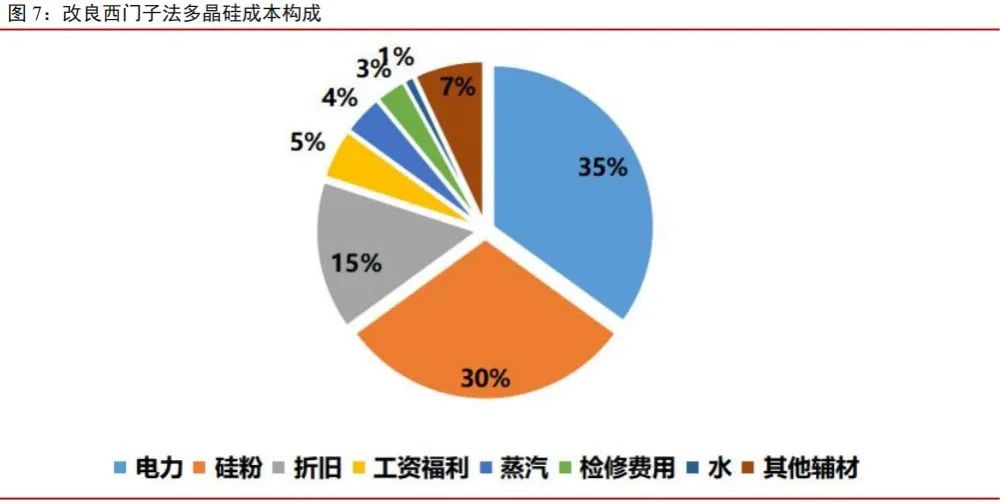
The national quality standards require products to meet the requirements of body impurities, surface impurities, metal content, carbon and oxygen concentration, in order to avoid the fatal impact of strong composite centers formed by heavy metal impurities on the electrical performance of battery cells and the adverse consequences on subsequent production control. Although the production time of granular silicon is not long, according to data from Poly GCL, the carbon concentration of granular silicon is below 0.4ppma, and the average concentration of total metal impurities is below 10ppbw, which can basically meet the special grade standards of solar energy. However, the production process of granular silicon determines that the impurity content is difficult to control. After continuous large-scale production, the quality of granular silicon products is difficult to maintain completely consistent, and there may be certain differences in the quality of silicon materials.
As for the standards for electronic grade polycrystalline silicon products, the levels of impurities and surface impurities are required to be within 7ppbw, and the carbon content is required to be within 0.02ppma. Currently, granular silicon cannot meet this standard. However, at the same time, the upper limit of impurities and surface impurities in polycrystalline silicon produced by Siemens method, a leading polycrystalline silicon enterprise, has already reached the electronic grade standard at around 0.9ppbw, which is one order of magnitude lower than that of granular silicon. Obviously, there is still a certain degree of gap in the quality of granular silicon compared to the improved Siemens method.
According to Deng Yongkang, Chief of Dianxin at Minsheng Securities, some problems in granular silicon still need some time to be solved, mainly due to high hydrogen and carbon content. Therefore, the current usage and dosage of enterprises are all doped, using a portion of metallic silicon and another portion of granular silicon. The price of granular silicon actually reflects this issue, as it has not yet been sold at the same price level as single crystal dense materials.

Granular silicon
(2) Energy consumption
Considering China's goals of peaking carbon emissions by 2030 and achieving carbon neutrality by 2060, it is evident that energy consumption is a key aspect that needs to be compared. The market currently believes that the energy consumption of granular silicon is much lower than that of the improved Siemens method, but it may be necessary to consider this energy consumption comprehensively.
According to the latest statistics from relevant technical experts, looking solely at the electricity and water consumption of the silicon material process, the reaction temperature for producing granular silicon using the silane fluidized bed method is approximately 700 degrees Celsius, with a conversion rate of over 98.5%. Additionally, due to the simplification of the overall process flow, both new water and electricity consumption are relatively low, with electricity consumption only 20-30 kWh/kg Si. The new water consumption is approximately 25% -35% of that of polycrystalline silicon, equivalent to 17 kg/kg Si.
The improved Siemens method requires the reduction of high-purity trichlorosilane with high-purity hydrogen on high-purity silicon cores above 1000 degrees Celsius, with a low conversion rate of only 13%, indirectly leading to high energy consumption. Therefore, the overall power consumption is relatively high, basically around 50 kWh/kg Si, while the water consumption is maintained at around 67 kg/kg Si.
However, it is worth noting that in addition to the commonly discussed electricity and water consumption, the comprehensive consideration of energy consumption also needs to include steam consumption. Unlike the modified Siemens method, which uses by-product steam for power generation, the steam consumption has basically decreased to zero. The silane fluidized bed method also uses steam, natural gas, etc., so the energy consumption of about 25kg/kg. Si related to steam is only generated during the production of granular silicon, and needs to be comprehensively considered. Finally, the energy consumption difference between the two technologies is not significant after calculating the comprehensive energy consumption.
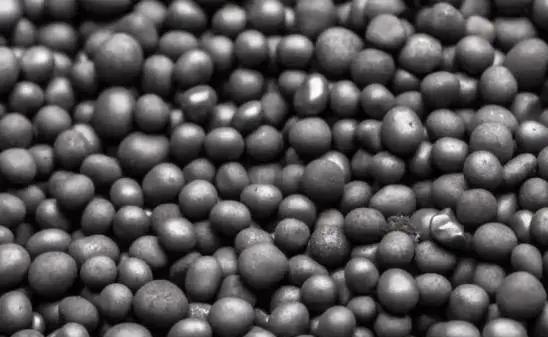
(3) Cost
The Siemens process, due to its mature and stable technology, simple and controllable process, standardized equipment, and easy replication and scaling up, had an investment cost of approximately 850 million yuan/10000 tons for the improved Siemens process production line equipment in 2020. However, the silane production technology process is shorter and has fewer steps compared to the improved Siemens process, so the initial investment in equipment and other aspects is definitely lower than that of the improved Siemens process; At the same time, due to the fact that the silane method does not require crushing in the process, the crushing cost can also be saved, including the previously mentioned cost reduction of electricity consumption, making the silane method about 20% lower than the improved Siemens method.
But we also need to see that although granular silicon has theoretical advantages in terms of power consumption, unit investment, and labor costs compared to bulk silicon. However, in practice, issues such as "hydrogen jump" and particle silicon impact on the reactor wall can cause interruptions in the production process and damage to components such as carbon based liners, heating coils, and quartz crucibles. Additionally, due to the high proportion of powder in the production process, the yield rate is low, resulting in significant additional costs in terms of silicon element consumption. Of course, with the improvement of production processes and technological advancements by subsequent manufacturers, these issues in the production of granular silicon are also expected to be further resolved.
Can granular silicon disrupt the polycrystalline silicon market?
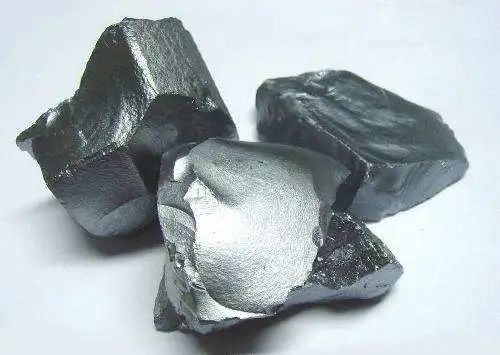
The picture shows polycrystalline silicon
The final choice of what to use downstream will definitely be considered from multiple aspects such as cost, quality, and stable supply. Currently, granular silicon has been used by some customers, such as LONGi, Zhonghuan, and JA Solar, who have also signed contracts. However, there are still some issues that need to be addressed in terms of product purity, operational stability, and product consistency with granular silicon, mainly due to its high hydrogen and carbon content. However, because granular silicon is relatively small, the packing density is high, and the addition of granular silicon can increase unit output, reduce production costs, and avoid large block blockage. Therefore, the current usage of granular silicon by enterprises belongs to partial doping, not 100% application, but using a portion of metallic silicon and another portion of granular silicon, which is equivalent to auxiliary material use. Currently, the doping ratio of granular silicon is around 15% -20%.
With the gradual release of granular silicon production capacity and further improvement of technology, this proportion may increase to a certain extent, but it is still unrealistic to completely overturn the current mainstream technology - Siemens polycrystalline silicon. On the one hand, the current total production capacity of granular silicon is still too small compared to the overall supply and demand market of photovoltaic silicon materials, and is still in the climbing stage; On the other hand, the downstream is still adopting a wait-and-see attitude towards whether the current quality problems of granular silicon can be perfectly solved and whether the cost can continue to decrease. The current price of granular silicon actually reflects this problem, as it has not yet been sold at the same price level as single crystal dense materials.
The most important point, as can be seen from the recent frequent new energy policies of the country, is that the future market for photovoltaics is still very large, and the high popularity of silicon materials as upstream materials will not fade away. The large market space allows the two technologies to compete with each other while also promoting and benefiting each other.

Advanced Institute (Shenzhen) Technology Co., Ltd, © two thousand and twenty-onewww.avanzado.cn. All rights reservedGuangdong ICP No. 2021051947-1 © two thousand and twenty-onewww.xianjinyuan.cn. All rights reservedGuangdong ICP No. 2021051947-2